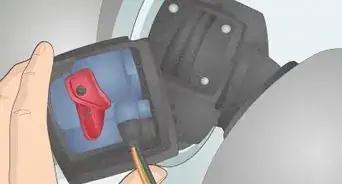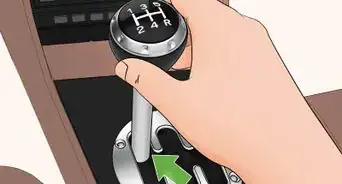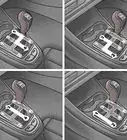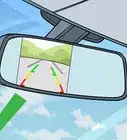wikiHow is a “wiki,” similar to Wikipedia, which means that many of our articles are co-written by multiple authors. To create this article, 9 people, some anonymous, worked to edit and improve it over time.
wikiHow marks an article as reader-approved once it receives enough positive feedback. In this case, several readers have written to tell us that this article was helpful to them, earning it our reader-approved status.
This article has been viewed 150,926 times.
Learn more...
Fourth and fifth generation Subaru Outbacks (2011 to 2016) come standard with paddles on the steering wheel which you can use to change gears manually. If you've never driven manual, you might be wondering how those paddles work and what you should use them for. While you'll be fine never using them at all, when used properly, the paddles can help avoid wear and tear on your car, and they can also help you maintain better control when you're driving under certain conditions.
Steps
-
1Understand how the Subaru CVT transmission works. An automatic transmission changes gear ratios as the car moves (so you don't have to change them manually). While most automatic transmissions have a defined set of gear ranges, a CVT automatic transmission changes seamlessly through an infinite number of gear ratios.
- The Outback can simulate a manual transmission with six programmed speeds that hold the CVT pulleys in fixed positions.
- You can use manual mode by moving the lever to "M" and using the paddle shifters, or (temporarily) by using the paddle shifters while you're driving in automatic mode (select lever at the "D" position). When shifting to "M" you do not need to press the brakes or press the button on the lever.
-
2Keep in mind that the long-term effects of downshifting on a CVT transmission are unknown. Since brakes are much less costly to replace than a transmission, it would be wise to only use manual shifting in situations in which safety is enhanced, such as descending on a long, steep hill or starting off in 2nd gear under slippery conditions.
- Avoid downshifting in place of braking when approaching traffic lights or other frequent, daily stops. While many people may do this, Subaru technical representatives note that downshifting "is only recommended in situations where the engine braking would be needed, such as when descending a grade. Normally, a driver would have no need to engine brake when just coming to a stop at a light or stop sign. Since the transmission is not designed to handle this, it would accelerate wear on the CVT." [1]
Advertisement -
3Know how to get out of manual mode.
- If you move the lever into manual mode, you can return to automatic mode simply by moving the lever back to "D".
- If you use the paddle shifters while driving with the lever in the "D" position, the car will return to auto mode when it senses a significant change in throttle position. You can trigger this by accelerating. Alternatively, you can shift the lever into manual mode ("M") and right back to auto mode ("D").
Hill Descent
-
1Consider using the paddles when on a long, steep decline to take advantage of engine braking and prevent wheel brakes from overheating. This is especially useful when you're stuck behind someone who is riding their brakes.
-
2Pull the left paddle toward you (downshift) until you reach a comfortable speed. You do not need to shift the car into manual mode. The car will stay in whatever gear you chose for it until you step on the gas.
Snowy or Icy Conditions
-
1Use the paddle shifters instead of brakes to slow down. Downshift the same way as described for hill descent. This will allow you to slow down more gently and maintain better control of the car.
-
2Get a smooth start on a slippery surface by holding the car in 2nd gear. Put your foot on the brake, pull the right paddle toward you once to engage 2nd gear, and lift your foot off the brake.
Turning On a Winding Descent
-
1Keep in mind that this technique should only be used when facing a long, steep descent. Downshifting on a daily basis for normal turns might have a negative effect as described above for downshifting for traffic lights.
-
2Downshift to slow down when you see a corner coming, before the turn. Do not switch gears during the turn.
-
3Keep your hands at a fixed position on the steering wheel so you don't lose track of the paddles. Don't turn hand over hand. If the turn is sharp and requires hand over hand, use brakes, not paddles.
-
4Finish with the turn before manually changing gears again.
Off Roading
Hypermiling
-
1Upshift to progress though gears faster than your car normally does.
-
2Pull the upshift (right) paddle after you let off the gas. This minimizes engine braking and maximizes coasting speed. The Outback has aggressive fuel shutoff, letting inertia do all the work when coasting.[3]
Community Q&A
-
QuestionWhy doesn't Subaru market a manual shift for Outback models? Some of us prefer clutching!
 Community AnswerDemand is very low for manual cars. Dealers get better return on investment by stocking a wider variety of automatics and simply requiring manuals to special order. People who demand manual transmissions will wait for them if need be. For Subaru, the demand is low enough that the expected return is not enough to justify even offering manuals on most models. If you want AWD car with fuel economy, the only other option is Audi.
Community AnswerDemand is very low for manual cars. Dealers get better return on investment by stocking a wider variety of automatics and simply requiring manuals to special order. People who demand manual transmissions will wait for them if need be. For Subaru, the demand is low enough that the expected return is not enough to justify even offering manuals on most models. If you want AWD car with fuel economy, the only other option is Audi. -
QuestionDo I have to use the paddle shifters? What happens if I decide not to use them and treat it as a normal automatic?
 Community AnswerYou do not have to use the paddle shifters at all if you have an automatic transmission. You can completely forget about them if you don't want to use them. If you ever touch the downshift unintentionally, the car will shift out when you touch the gas. Alternatively, shift to 'M' then back to 'D' to clear your paddle shift immediately.
Community AnswerYou do not have to use the paddle shifters at all if you have an automatic transmission. You can completely forget about them if you don't want to use them. If you ever touch the downshift unintentionally, the car will shift out when you touch the gas. Alternatively, shift to 'M' then back to 'D' to clear your paddle shift immediately. -
QuestionCan you shift from manual to automatic while in motion?
 Community AnswerYes. Move the shifter from 'M' to 'D' or 'D' to 'M' at any time to switch between manual and automatic.
Community AnswerYes. Move the shifter from 'M' to 'D' or 'D' to 'M' at any time to switch between manual and automatic.
References
- ↑ http://www.subaruoutback.org/forums/104-gen-4-2010-2014/47271-cvt-paddle-downshift-aid-stop-5.html#post450777
- ↑ http://www.subaruoutback.org/forums/66-problems-maintenance/102322-problems-accelerating-highway-speeds-2.html#post1059170
- ↑ http://www.subaruoutback.org/forums/104-gen-4-2010-2014/22648-any-hypermilers-out-there-print.html
- http://www.subaruoutback.org/forums/104-gen-4-2010-2014/28861-why-have-paddle-shifters-auto-trans-ob-3.html
- http://www.subaruoutback.org/forums/104-gen-4-2010-2014/44478-teach-me-how-use-paddle-shifters-please.html
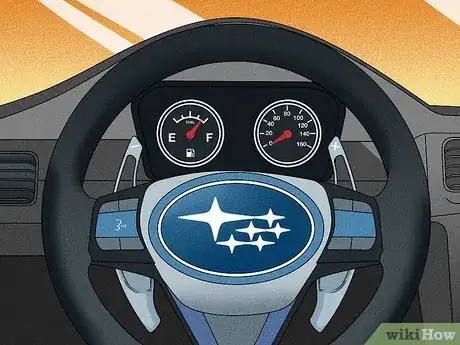
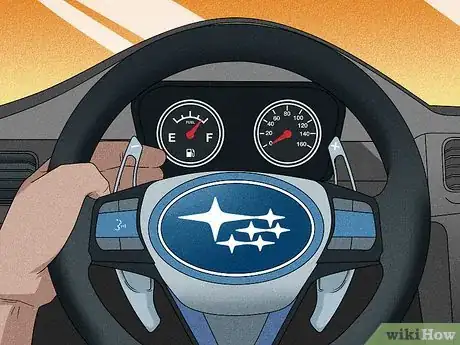
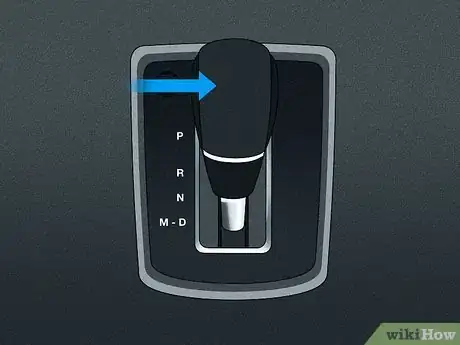
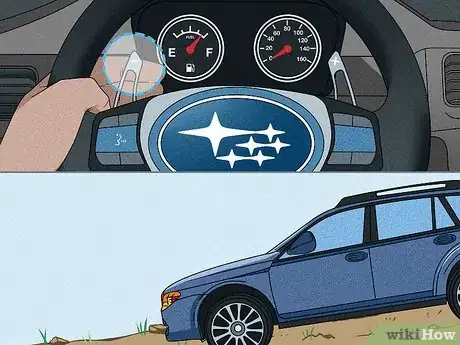

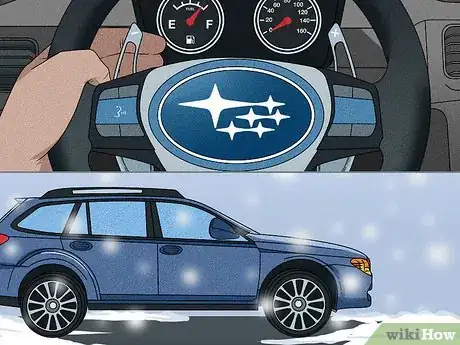


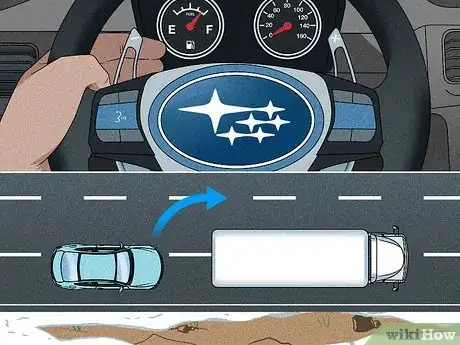

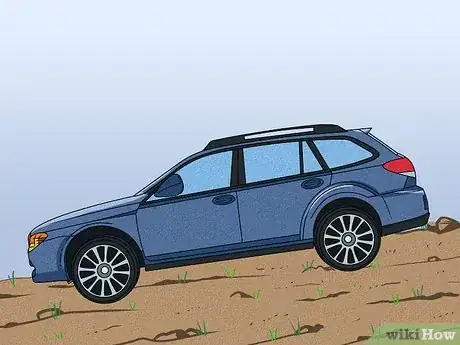

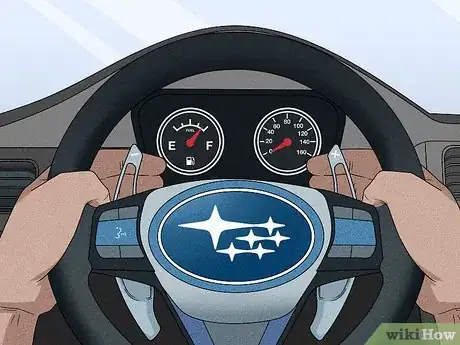

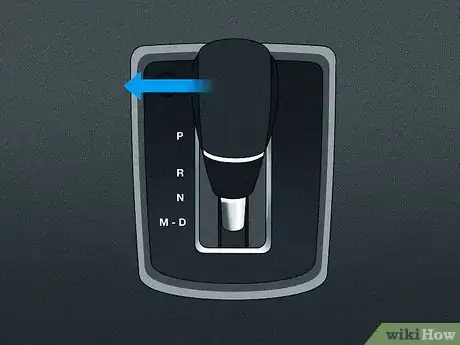
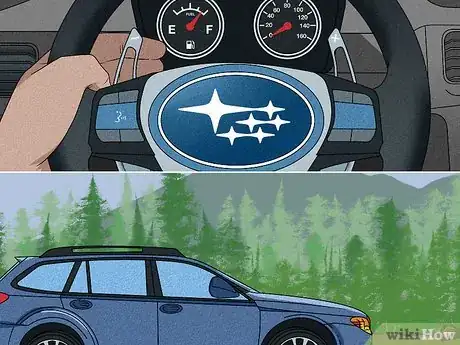

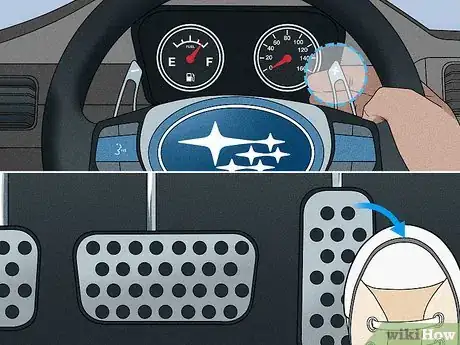

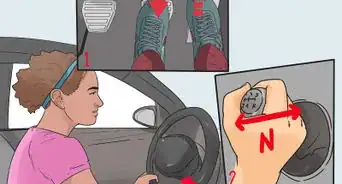

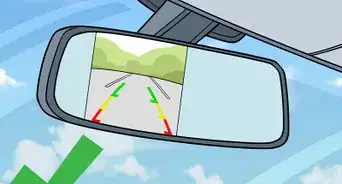


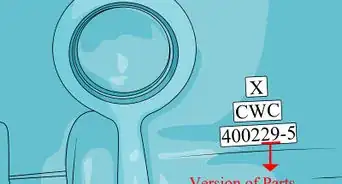
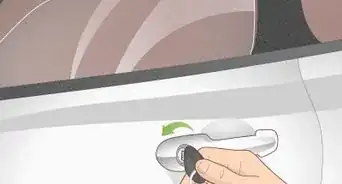

-Beetle-Step-5-Version-3.webp)

